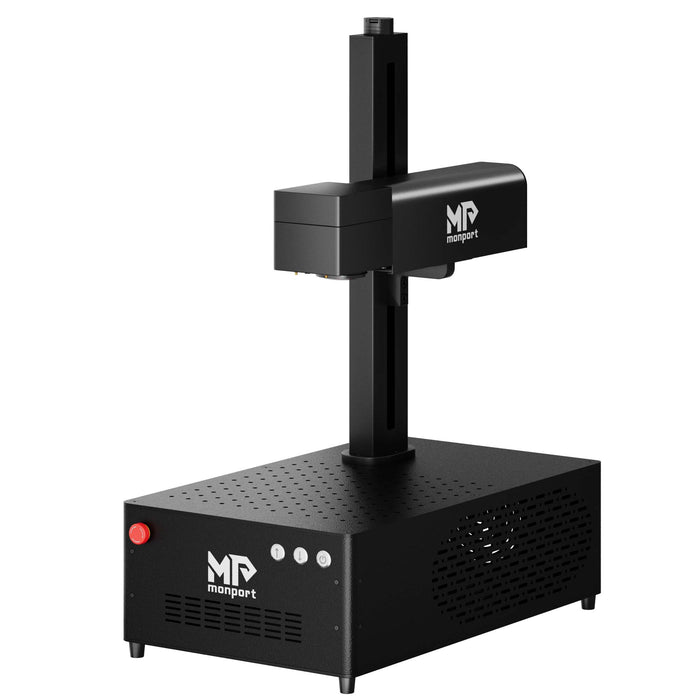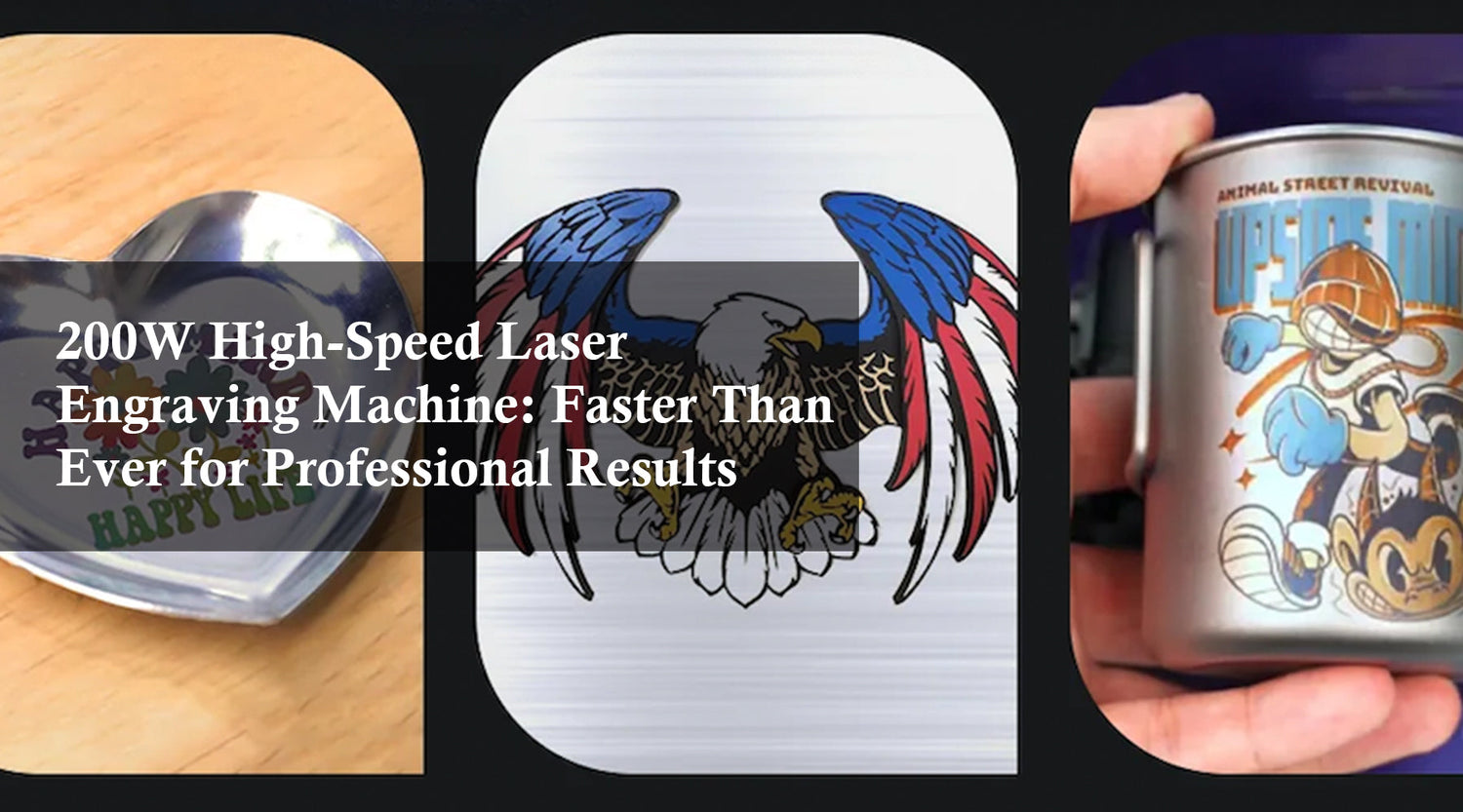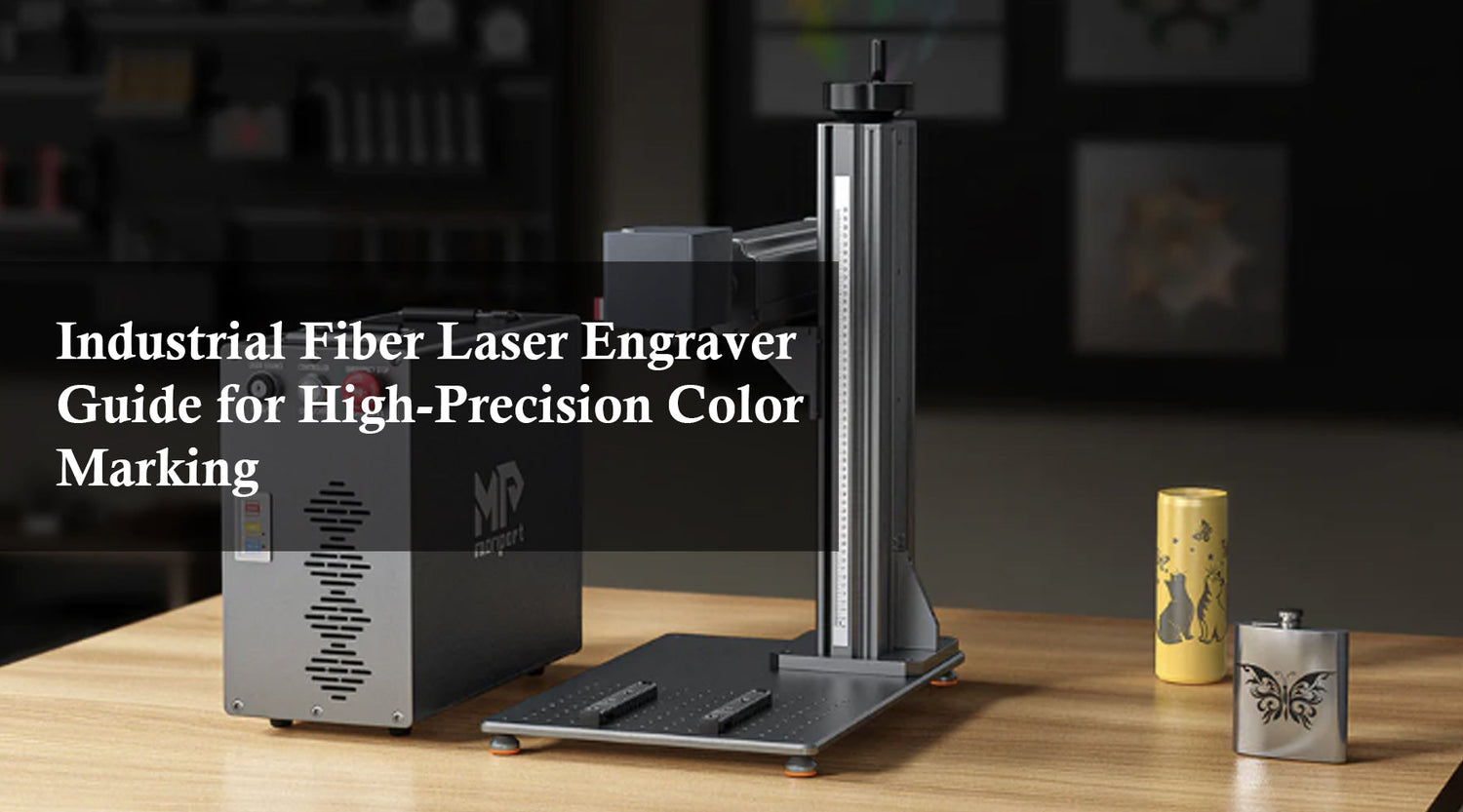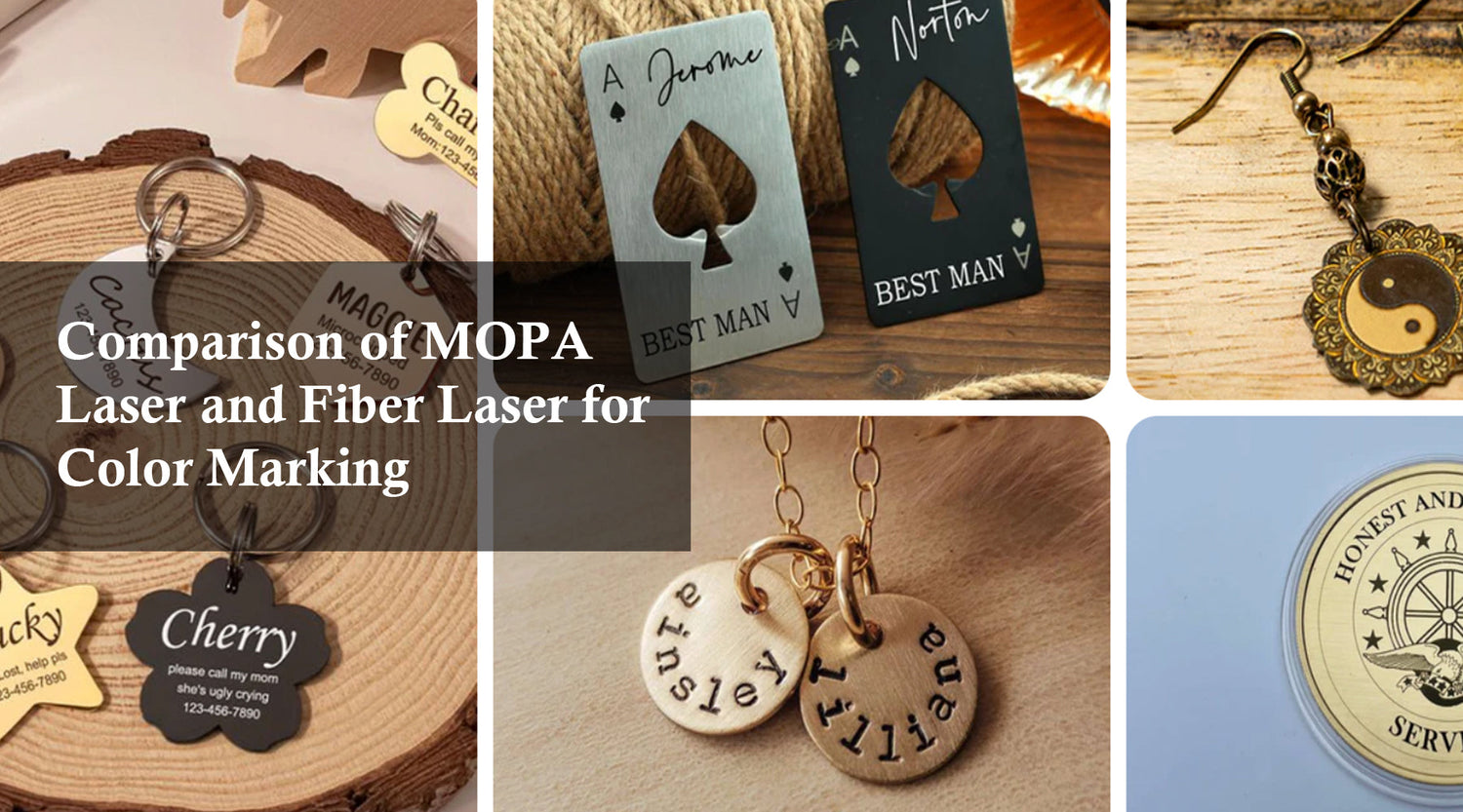Laser engraving is a versatile and precise method of etching designs onto various materials, opening up a world of creative possibilities for artisans, hobbyists, and businesses alike. From wood and metal to glass and acrylic, each material offers unique characteristics and challenges when it comes to laser engraving. In this guide, we'll explore some of the most popular materials for laser engraving and the considerations to keep in mind when working with each one.
1. Wood: Wood is perhaps one of the most popular materials for laser engraving due to its natural beauty and versatility. Whether it's hardwoods like maple and walnut or softer woods like pine and cedar, wood engraves beautifully, producing crisp, detailed designs with depth and texture. Keep in mind that different types of wood may require adjustments to laser settings, such as power and speed, to achieve optimal results.

2. Metal: Metal engraving opens up a world of possibilities for creating durable and long-lasting designs on materials like stainless steel, aluminum, brass, and titanium. Fiber laser engravers are particularly well-suited for metal engraving, producing precise and permanent markings with high contrast and clarity. It's essential to choose the right type of metal for your project and ensure that the surface is clean and free of any coatings or contaminants that may interfere with the engraving process.

3. Glass: Glass engraving adds an elegant touch to a wide range of applications, from personalized glassware and awards to decorative mirrors and signage. CO2 laser engravers are commonly used for glass engraving, producing smooth, frosted designs that contrast beautifully against the transparent surface. When engraving glass, it's essential to use low power settings and avoid excessive heat, which can cause the glass to crack or shatter.

4. Acrylic: Acrylic, also known as Plexiglas or acrylic glass, is a popular choice for laser engraving due to its affordability, versatility, and ease of use. Whether it's signage, displays, or decorative pieces, acrylic engraves cleanly and precisely, producing sharp, detailed designs with high contrast. When engraving acrylic, be sure to use low power settings and take precautions to prevent melting or discoloration of the material.

5. Leather: Leather engraving adds a touch of sophistication and personalization to a wide range of products, including wallets, belts, and accessories. CO2 laser engravers are well-suited for engraving leather, producing precise and permanent markings with excellent detail and contrast. It's essential to choose high-quality leather with a smooth, even surface for the best engraving results.

In conclusion, laser engraving offers endless possibilities for creating personalized and professional-quality designs on a wide range of materials. Whether you're working with wood, metal, glass, acrylic, leather, stone, or plastics, each material presents its own unique opportunities and considerations for achieving optimal results. By understanding the characteristics of different materials and mastering the techniques of laser engraving, you can unlock new realms of creativity and craftsmanship in your projects.
Types of Lasers for Various Materials:
CO2 vs. Fiber Laser Engravers: Understanding the Differences
CO2 and Fiber. Each type of laser offers distinct advantages and characteristics, catering to different applications and industries. Understanding the differences between CO2 and Fiber Laser engravers is essential for choosing the right tool for your specific needs. We'll talk about the nuances of each technology to help you make an informed decision.
CO2 Laser Engravers:
1. Laser Medium: CO2 laser engravers utilize carbon dioxide gas as the laser medium. When electricity is applied to the gas, this type of laser produces a laser beam with a wavelength of around 10.6 micrometers, well-suited for engraving and cutting a wide range of materials, including wood, acrylic, glass, and leather.
2. Versatility: One of the key advantages of CO2 laser engravers is their versatility. This type of laser can engrave and cut a diverse array of materials with precision and ease, making them ideal for applications ranging from signage and displays to arts and crafts.
3. Engraving Depth: CO2 lasers excel at producing shallow to moderate-depth engravings, making them suitable for applications where surface marking or light etching is desired. However, they may not be as effective for deep engraving on certain materials.
4. Cost-Effectiveness: CO2 laser engravers are often more cost-effective than Fiber lasers, making them a popular choice for small businesses, hobbyists, and educational institutions. These type of lasers offer a good balance of performance and affordability, making them accessible to a wide range of users.
Fiber Laser Engravers:

1. Laser Medium: Fiber laser engravers utilize optical fibers doped with rare-earth elements such as erbium, ytterbium, or neodymium as the laser medium. These type of lasers emit light with a wavelength of around 1.06 micrometers, making them highly efficient for marking and engraving metals and certain plastics.
2. Speed and Precision: Fiber lasers are renowned for their exceptional speed and precision, making them ideal for high-volume production environments where efficiency is paramount. These type of lasers can produce intricate designs with fine detail and high contrast, even on challenging materials like stainless steel and aluminum.
3. Marking Depth: Unlike CO2 lasers, these type of lasers are capable of producing deep engravings on metals, making them well-suited for applications such as serial numbering, part identification, and branding. They can create permanent, indelible markings that withstand harsh environments and extensive handling.
4. Durability and Maintenance: Fiber lasers are known for their robustness and reliability, requiring minimal maintenance compared to CO2 lasers. They have fewer moving parts and a simpler optical path, reducing the risk of downtime and costly repairs.
Conclusion
In summary, both CO2 and Fiber laser engravers offer unique advantages and applications in the world of laser engraving. CO2 lasers excel in versatility and cost-effectiveness, making them suitable for a wide range of materials and industries. On the other hand, Fiber lasers shine in speed, precision, and durability, particularly for metal engraving applications requiring deep, permanent markings.
When choosing between CO2 and Fiber laser engravers, it's essential to consider your specific requirements, budget, and intended applications. Whether you're engraving wood, acrylic, glass, or metal, selecting the right laser technology will ensure optimal results and maximize your productivity in the long run.
Need a laser machine for your engraving needs? Visit our website now! Here at Monport, we offer high-class laser engravers and cost-efficient machines suitable for every laser engraving journey. Browse our website blogs to know more about laser engraving machines and discover ideas for your next laser engraving project!











